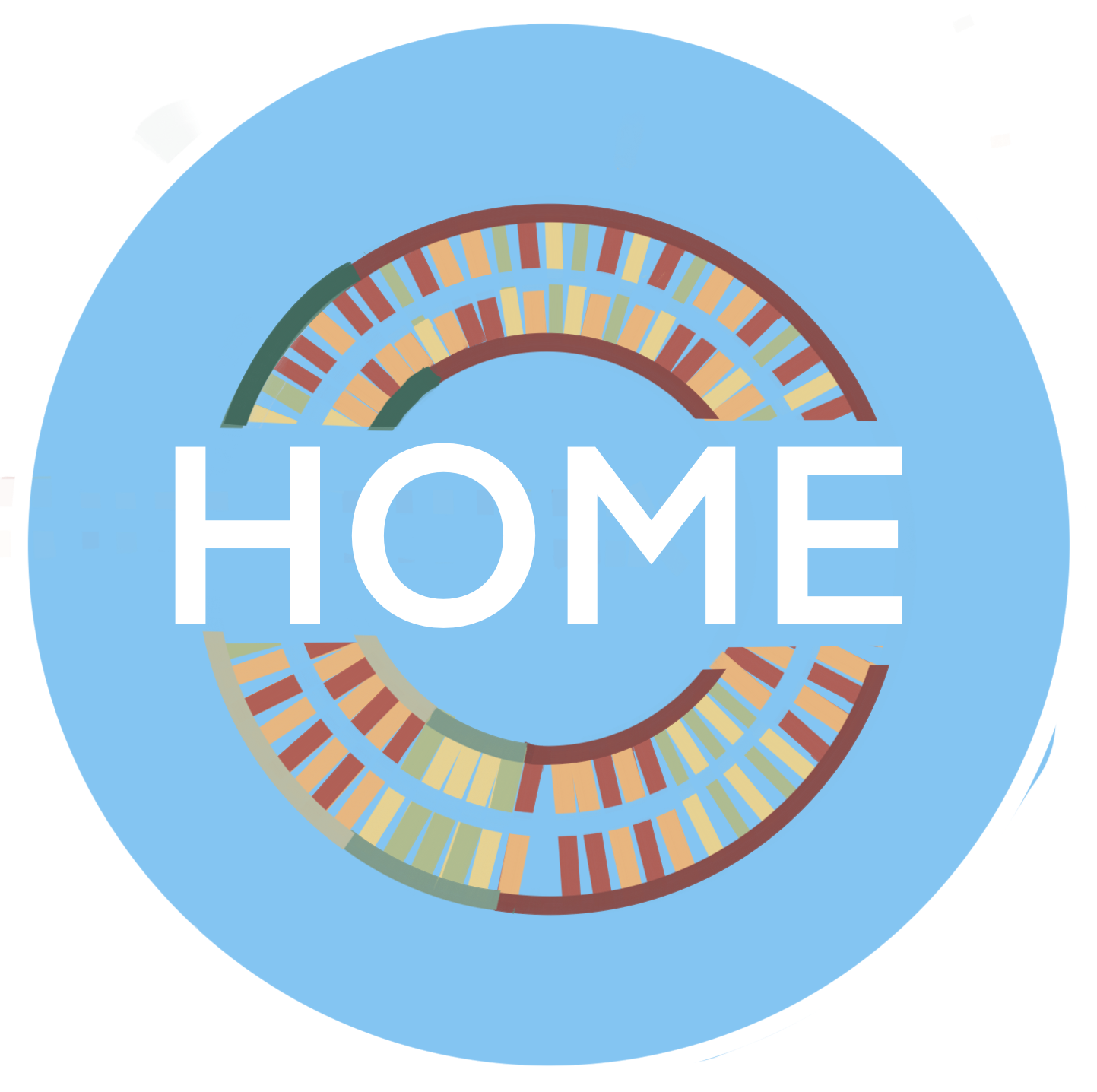Parts
Overview
Our OUC-R team designed a series of other parts around the Z-HJ part to testify the function of the Z-HJ part we designed. We hope that our design will become a transcription element regulated by Z-DNA and Holliday Junctionss in vivo, which will attract future IGEM teams and scholars to study the regulation of unconventional DNA in vivo. Our section includes the Z-HJ part, and other parts modified on the Z-HJ element for further study.
Z-HJ Part
Z-HJ part consists of two half. The first half consists of alternating pyrimidine and purine APP sequences, which are easily converted from B-DNA to Z-DNA. The second half is composed of Holliday Junctions. The stem of stem ring structure is formed by reverse repeat sequence, and the ring of stem ring structure is formed by gap of reverse repeat sequence. T7 promoter sequence consists of reverse repeat sequence.
Z-HJ expressed in vitro
We designed a double ring containing z-HJ part, and prepared different topological isomers by different preparation methods. By transcriptional expression of ribozyme, we found that different topological isomers of the double ring expressed differently. The double loop one that forms Z-HJ promotes gene expression.
In addition, Z22 and ZBP-1 were used to regulate the transcription of z-HJ parts. Our experiments showed that z-DNA binding protein could significantly regulate transcription of Z-HJ parts by binding APP sequence.
Z-hj expressed in E. coli
In order to verify that our part also has a regulatory role in the cell, we constructed recombinant Escherichia coli and made them stably express a Z-DNA binding protein E3L to construct a regulatory substance with z-HJ element and realize the regulation of Z-HJ transcription in vivo.
Improvements
Effect of APP sequence on transcription
APP sequence plays an important role in the conformational change of the whole Z-HJ element by introducing negative super helical force into the plasmid by changing THE DNA from the right-handed helix to the left-handed. Therefore, our team designed a control group double ring with different APP sequence lengths to explore the influence of APP sequence on the regulation of Z-HJ elements
Effect of promoter location on transcription
In our experimental group, the reverse repeat sequence almost completely overlapped with the promoter sequence, so that the conformational transformation of the Holliday Junctions could affect the expression of the T7 promoter to the greatest extent. At the same time, we also designed another double loop to explore the influence of promoter position relative to reverse repeat sequence on transcription expression. In this way, we can understand the effect of Holliday Junctions conformational change on the whole expression and transcription of Z-HJ element.
Element control group
We also designed two double rings for comparison with the Z-HJ element.The first type of double loop is the one without the Holliday Junctions. By changing the reverse repeat sequence, there is no special DNA structure of the double loop.The second kind of double ring is the Holliday Junctions which has Holliday Junctions, but is not complementary pair.These two rings help us to identify the topological isomers that we have prepared.
BASIC PARTS

COMPOSITE PARTS

Our experiment revolves around the double ring containing Z-HJ element, so more information about PART is put in the composite partsBBa_K3785555, more information please click to see.




